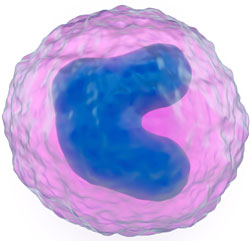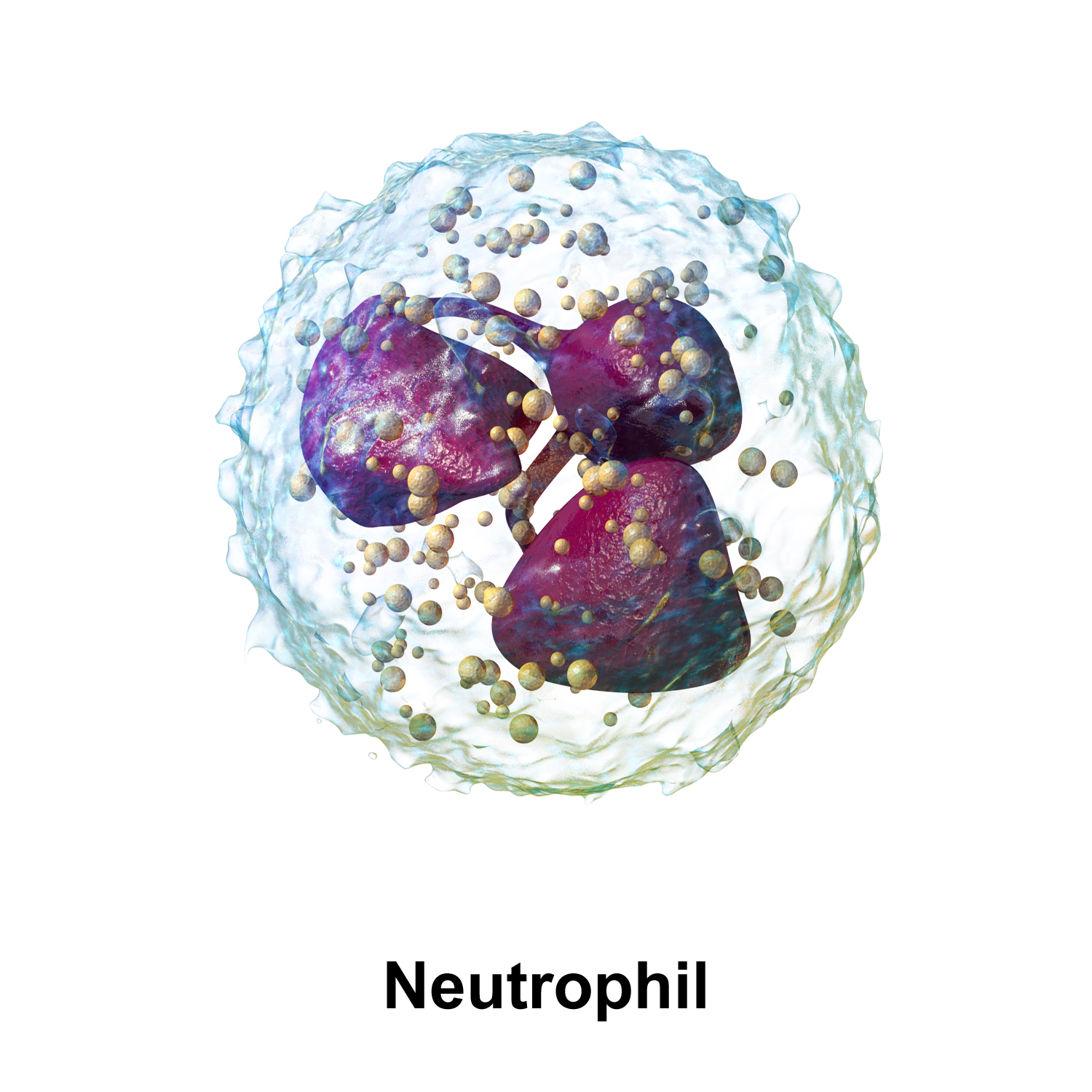Non-specific secondary defences are those that attack any pathogen after they have entered the body.
The body's way of ridding these pathogens is to allow specialised white blood cells called Phagocytes to engulf and digest the pathogen.
How is a pathogen identified as foreign?
Antigens- chemical markers
All cells have chemical markers on their plasma membranes. These chemical markers are called antigens and are specific to that particular cell. Antigens on our cells are different to the antigens on pathogenic cells. This means that our body can distinguish between pathogenic cells and our own. This is a good thing as we don't want our immune system to attack our own cells!


Antigens are usually intrinsic proteins or glycoproteins (good chance to revise this!)
Opsonins - chemical taggers

Opsonins are proteins that attach to the antigens on the pathogen. The opsonins can then bind to a phagocytic cell which can then engulf the antigen.
Phagocytosis (phagocytes engulf pathogen and digest it)

Neutrophils

- have a multi lobed nucleus.
- made in the bone marrow.
- most common type of phagocyte.
- Large numbers of short lived cells released after an infection.
- in the blood stream but move out of the capillaries at the site of infection.
- Die after the ingestion of a few pathogens.
- dead neutrophils collect at a site of infection and become pus.
Macrophage
- Large cells
- made in bone marrow
- Travel in the blood as monocytes and become macrophage after they have matured in a lymph node and settled into a tissue.
- Macrophage have a few different names depending on where in the body they are found, Those found in the peripheral tissues are known as dendritic cells.
Macrophage play a very important role in the specific response to pathogens.
Macrophages 'present' the pathogenic antigens to other cells in the immune system.

 When the macrophage engulfs a pathogen, the pathogen is not fully digested and broken down. It actually saves a few of the proteins and moves them onto it's own cell surface. The protein that 'holds' the pathogenic protein is a special protein that ensures the other cells in the immune system do not mistake the macrophage for the actual pathogen. In this way the macrophage can present (show off) the pathogenic protein to other members of the immune system so they can go out and find pathogens with this protein (antigen) on them.
When the macrophage engulfs a pathogen, the pathogen is not fully digested and broken down. It actually saves a few of the proteins and moves them onto it's own cell surface. The protein that 'holds' the pathogenic protein is a special protein that ensures the other cells in the immune system do not mistake the macrophage for the actual pathogen. In this way the macrophage can present (show off) the pathogenic protein to other members of the immune system so they can go out and find pathogens with this protein (antigen) on them.
This is now known as an Antigen-presenting cell (APC)
The Antigen presenting cell's role in active immunity.
- Travels around the body looking for the T or B cell that is specific against the antigen the APC is presenting.
- Once it finds a T cell or B cell that recognises the antigen (there will only be one or two in the whole body!) the APC binds to the T cell or B cell and activates it.
- This T or B cell now multiplies millions of times so there are many cells that can recognise and attack the pathogen with this particular antigen. This is called clonal selection.
This series of events leads to a specific immune response - but more about this on the next page.




No comments:
Post a Comment